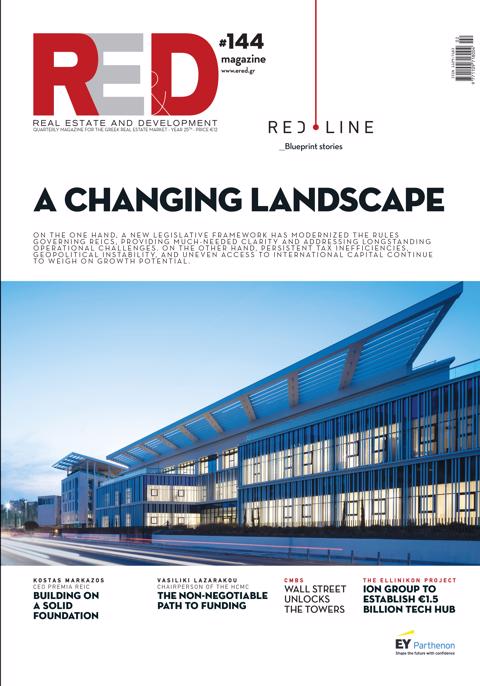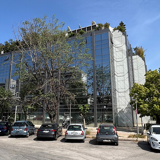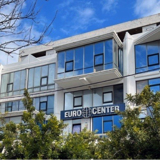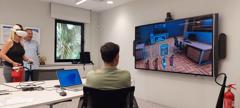The recovery was driven by a stronger rise in output, new orders, and employment, as inventories returned to growth levels. Although the improvement in demand conditions was largely concentrated in the domestic market, the increase in production requirements led to a faster expansion of input purchasing.
Companies sought to build up inventories amid supplier shortages and rising prices. Higher raw material costs contributed to a sharper overall increase in input prices. Meanwhile, efforts to boost new sales and discount offerings helped limit the pace of output charge inflation.
The seasonally adjusted S&P Global Greece Manufacturing Purchasing Managers’ Index™ (PMI®) closed at 53.5 in October, up from 52.0 in September. The latest data signaled a faster improvement in operating conditions across the manufacturing sector — the second-strongest since March, surpassed only by August’s performance. Overall growth was also stronger than the survey’s long-run average.
A sharper rise in production among Greek manufacturers supported the sector’s expansion in October. Output growth was broadly strong, extending the current sequence of growth to just over a year. Firms frequently reported that higher production was linked to a continued upturn in new order inflows and the acquisition of new clients.
October data pointed to a faster rise in new orders, with the rate of growth picking up from September’s seven-month low. Panel members noted that increased marketing spending contributed to stronger new sales.
In contrast to total new orders, Greek goods producers recorded another decline in new export sales during October. Reports indicated that subdued foreign demand weighed on new business from abroad. Nevertheless, the rate of decline was slower than in September and remained modest overall.
At the same time, shortages of key materials led to higher overall input costs in October. The rate of input price inflation accelerated to the fastest since June, although it remained below the survey’s long-term average.
Conversely, there were indications that discounting strategies—used to stimulate new sales—placed pressure on firms’ pricing power at the start of the fourth quarter, as reflected in the slowest rise in output charges since July.
Meanwhile, stronger inflows of new orders prompted manufacturers to engage in another round of job creation. The solid rise in employment was the second-fastest since May (matching August’s pace), with firms reporting that staffing levels were boosted primarily through full-time hires. The larger workforce, in turn, contributed to a further reduction in backlogs of work during October, marking the sixth consecutive monthly decline, and one that was generally sharp.
In an effort to counter material shortages and accelerate the completion of new orders, companies expanded their purchasing activity at the strongest pace since July 2024. This, in turn, explained the first rise in pre-production inventories since June, and the fastest in 15 months. The increase occurred despite notable shortages among suppliers and significant delays at ports and in global transport networks, which led to the greatest deterioration in supplier performance since November 2024.
Finally, encouraged by stronger client demand, Greek manufacturers recorded greater optimism regarding output expectations for the year ahead in October. Business confidence reached its highest level since May, supported by planned investments in new machinery and expectations of further growth in new orders.
According to Siân Jones, Chief Economist at S&P Global Market Intelligence:
“Greek manufacturers entered the final quarter of 2025 with renewed optimism following the growth slowdown observed in September. October data pointed to faster increases in output, new orders, employment, and input purchasing as the sales environment strengthened.
However, the underlying data revealed some concerns over supply chains, as shortages of key materials led to longer supplier delivery times. As a result, input costs rose at a faster pace. While firms succeeded in rebuilding inventories, safety stocks may need to be drawn upon more frequently in the coming months.
Companies remained optimistic about future output on the back of ongoing investment programs. According to the latest forecasts from S&P Global Market Intelligence, industrial production in Greece is expected to increase by 1.4% in 2025.”















